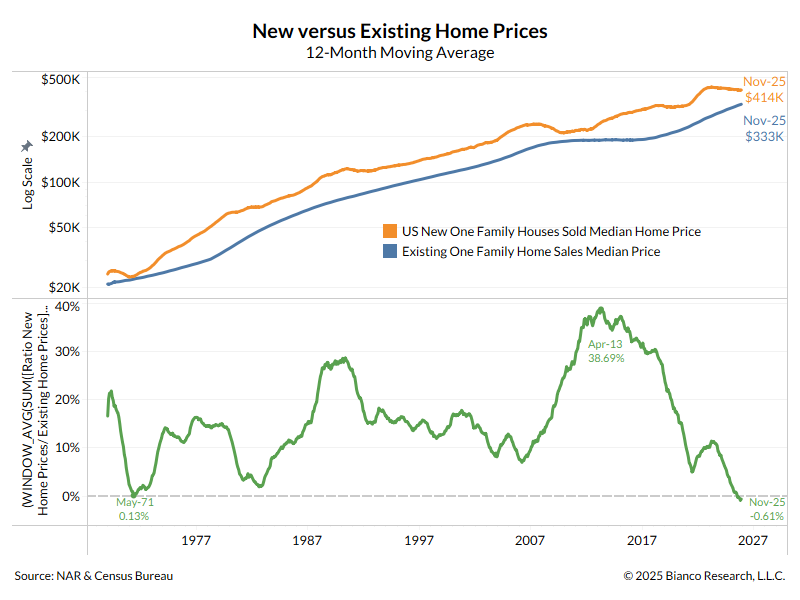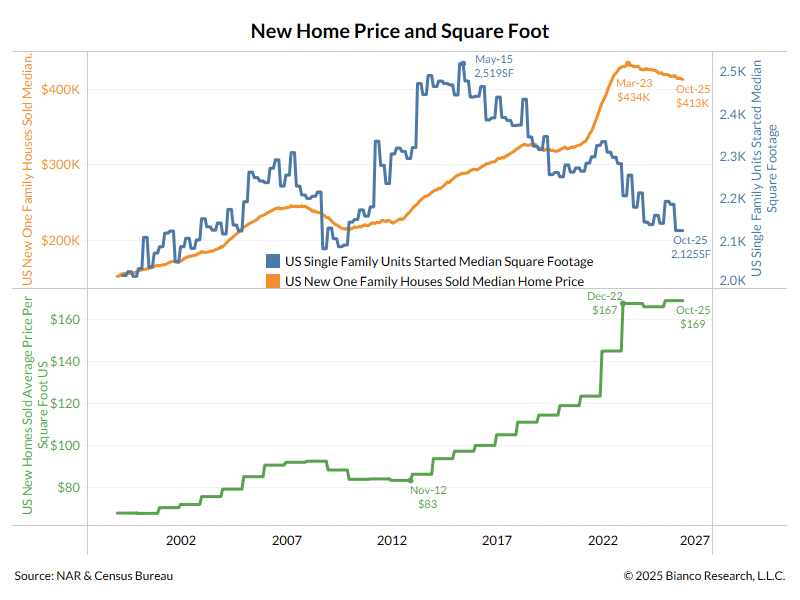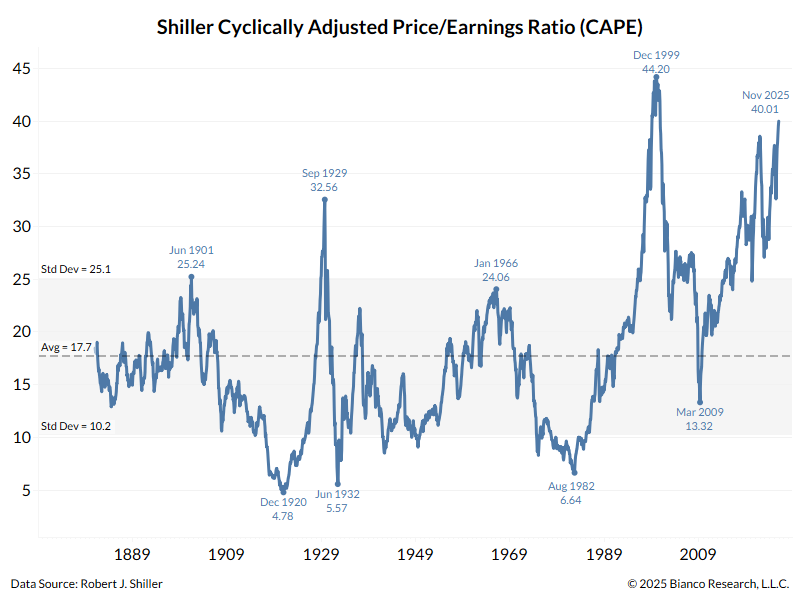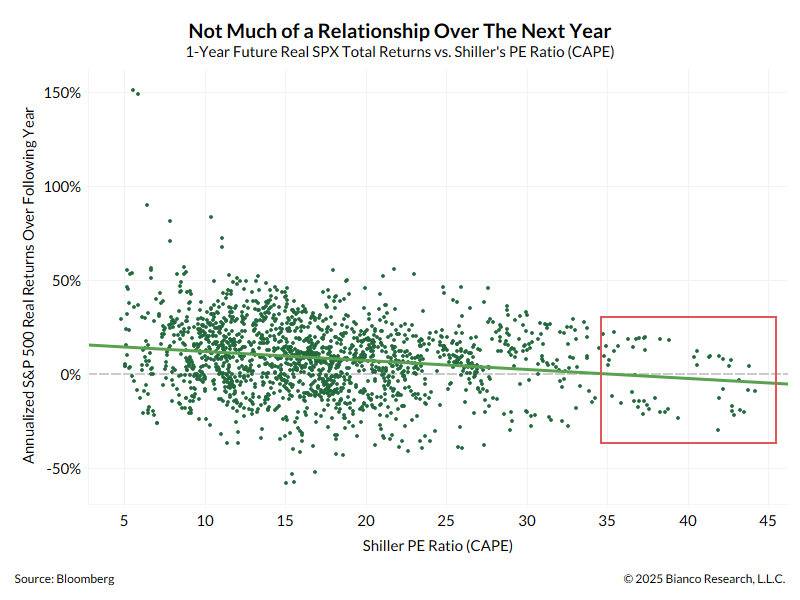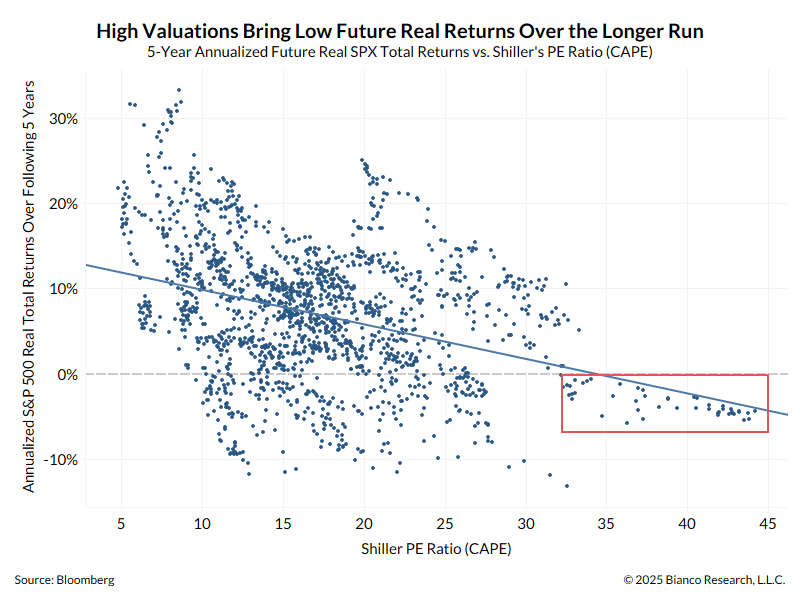1/7
On Monday the number of COVID cases in the U.S. spiked as labs reopened after the holiday. While this is more a technical spike due to labs catching up from previous days, the seven-day moving average is on the verge of making a new high.
On Monday the number of COVID cases in the U.S. spiked as labs reopened after the holiday. While this is more a technical spike due to labs catching up from previous days, the seven-day moving average is on the verge of making a new high.

2/7
We have argued policy is a reaction function of rising cases. During this wave, imposed restrictions would mostly result in lost workdays as millions are following government guidelines and isolating.
The WSJ is making this exact argument today.
wsj.com/articles/omicr…
We have argued policy is a reaction function of rising cases. During this wave, imposed restrictions would mostly result in lost workdays as millions are following government guidelines and isolating.
The WSJ is making this exact argument today.
wsj.com/articles/omicr…
3/7
This chart shows 2.04M tested positive in the past 10-days. If we assume 75% are in the workforce (few under 18 test positive), then 1.04% of the workforce is currently “out” with a positive test.
So, the effective unemployment rate just spiked 1.04% in the last 10-days.
This chart shows 2.04M tested positive in the past 10-days. If we assume 75% are in the workforce (few under 18 test positive), then 1.04% of the workforce is currently “out” with a positive test.
So, the effective unemployment rate just spiked 1.04% in the last 10-days.

4/7
As the WSJ noted, this is global problem. And the problem for the economy might be worse outside the US. (Read: supply chain and >inflation)
Start with this headline that recently crossed ...
*WORLD HITS RECORD DAILY COVID CASES AS OMICRON MARS CHRISTMAS
As the WSJ noted, this is global problem. And the problem for the economy might be worse outside the US. (Read: supply chain and >inflation)
Start with this headline that recently crossed ...
*WORLD HITS RECORD DAILY COVID CASES AS OMICRON MARS CHRISTMAS

5/7
China might be the biggest ECONOMIC story right now.
It has a strict zero COVID policy and the Olympics are 6-weeks away.
Will a COVID spike now give the world an excuse to cancel the games?
Will China shutdown the "beginning of the supply chain" in the coming weeks?
China might be the biggest ECONOMIC story right now.
It has a strict zero COVID policy and the Olympics are 6-weeks away.
Will a COVID spike now give the world an excuse to cancel the games?
Will China shutdown the "beginning of the supply chain" in the coming weeks?

6/7
Most do not believe the scale above (missing 000s?) but think the "shape" is right.
less than 200 cases in Xi' an (13 million), >NYC, and it is shut with 30K now in a "COVID Hotel."
How many more Chinese cities will see the same?
Supply chain?
nbcnews.com/news/world/chi…
Most do not believe the scale above (missing 000s?) but think the "shape" is right.
less than 200 cases in Xi' an (13 million), >NYC, and it is shut with 30K now in a "COVID Hotel."
How many more Chinese cities will see the same?
Supply chain?
nbcnews.com/news/world/chi…

7/7
Europe has been struggling with tens of millions of lost workdays as their positives surge and surge and it has still have not peaked.
Many think US positives will peak in the next 2- to 3-weeks ... this has not been the case in Europe, and the US is ~6-WEEKS behind them.
Europe has been struggling with tens of millions of lost workdays as their positives surge and surge and it has still have not peaked.
Many think US positives will peak in the next 2- to 3-weeks ... this has not been the case in Europe, and the US is ~6-WEEKS behind them.

• • •
Missing some Tweet in this thread? You can try to
force a refresh


